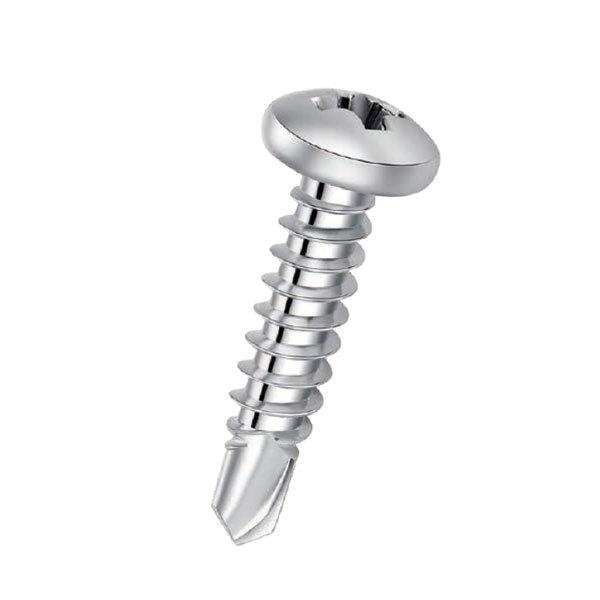drywall vs wood screw factory
Drywall vs. Wood Screw A Comprehensive Comparison
When it comes to construction and home improvement projects, selecting the appropriate type of screw is crucial. Among the most widely used screws are drywall screws and wood screws. Although they may appear similar, their functions, designs, and applications significantly differ. This article will shed light on these two types of screws, helping you make informed decisions for your next project.
Design Differences
Drywall screws are specifically engineered for fastening drywall sheets to wooden or metal studs. Their design features a sharp, bugle-shaped head that allows them to sink easily into drywall without tearing the paper surface. They typically possess a coarse thread that aids in gripping the drywall material firmly. Drywall screws are often made of carbon steel or have a corrosion-resistant coating, as they are primarily used indoors where moisture is not a significant concern.
On the other hand, wood screws are designed for anchoring two pieces of wood together. They come with a tapered head that allows for a snug fit into the wood. Wood screws are available in various sizes and designs, including flat, oval, and round heads, catering to different application needs. The threads can vary too; some wood screws have fine threads for hardwoods and coarse threads for softwoods, allowing for better grip based on the material used.
Applications
The primary application of drywall screws is in drywall installation. Their design prevents damage to the drywall while providing a secure fixation. They are also used in projects such as building ceilings, attaching drywall to metal studs, and other similar tasks. However, drywall screws are not intended for structural purposes and should not be used where strength is a primary concern.
drywall vs wood screw factory

In contrast, wood screws are versatile and can be used for various woodworking projects, including furniture assembly, cabinetry, and other fixtures. They provide superior holding power and are suitable for applications that require structural integrity. Additionally, wood screws can be used in conjunction with other materials, such as plywood and particleboard, making them an essential choice for construction professionals and DIY enthusiasts alike.
Strength and Durability
While drywall screws offer adequate performance for their intended use, they are not as robust as wood screws. The primary reason is their design and materials; drywall screws are more prone to snapping or bending under high stress. In applications requiring strength, such as load-bearing assemblies, wood screws are favored due to their durability and ability to withstand heavier loads.
Moreover, the choice between drywall and wood screws can significantly affect the longevity of your construction efforts. Using the wrong type of screw can lead to failed joints, costly repairs, and structural issues, particularly in situations where the screws may encounter significant stress.
Conclusion
In summary, while drywall screws and wood screws serve their unique purposes in construction, understanding their differences is key to achieving successful project outcomes. Choosing the right screw can make a substantial difference in the integrity and durability of your work. For drywall projects, drywall screws are the clear choice; for woodworking and structural applications, wood screws take precedence. Always assess your specific project requirements, and select the appropriate screws to ensure safety and effectiveness in your construction endeavors.
-
Top Choices for Plasterboard FixingNewsDec.26,2024
-
The Versatility of Specialty WashersNewsDec.26,2024
-
Secure Your ProjectsNewsDec.26,2024
-
Essential Screws for Chipboard Flooring ProjectsNewsDec.26,2024
-
Choosing the Right Drywall ScrewsNewsDec.26,2024
-
Black Phosphate Screws for Superior PerformanceNewsDec.26,2024
-
The Versatile Choice of Nylon Flat Washers for Your NeedsNewsDec.18,2024










